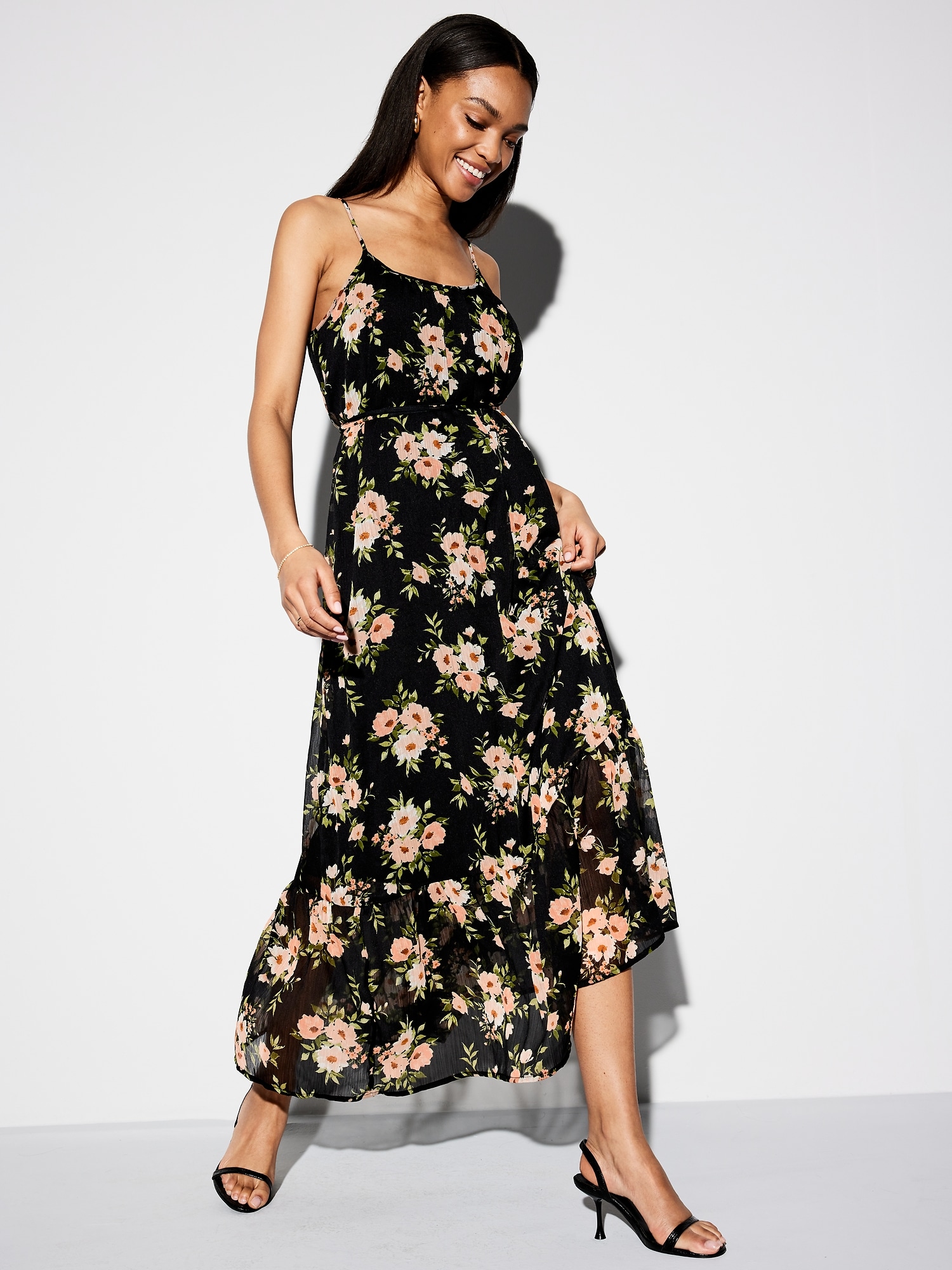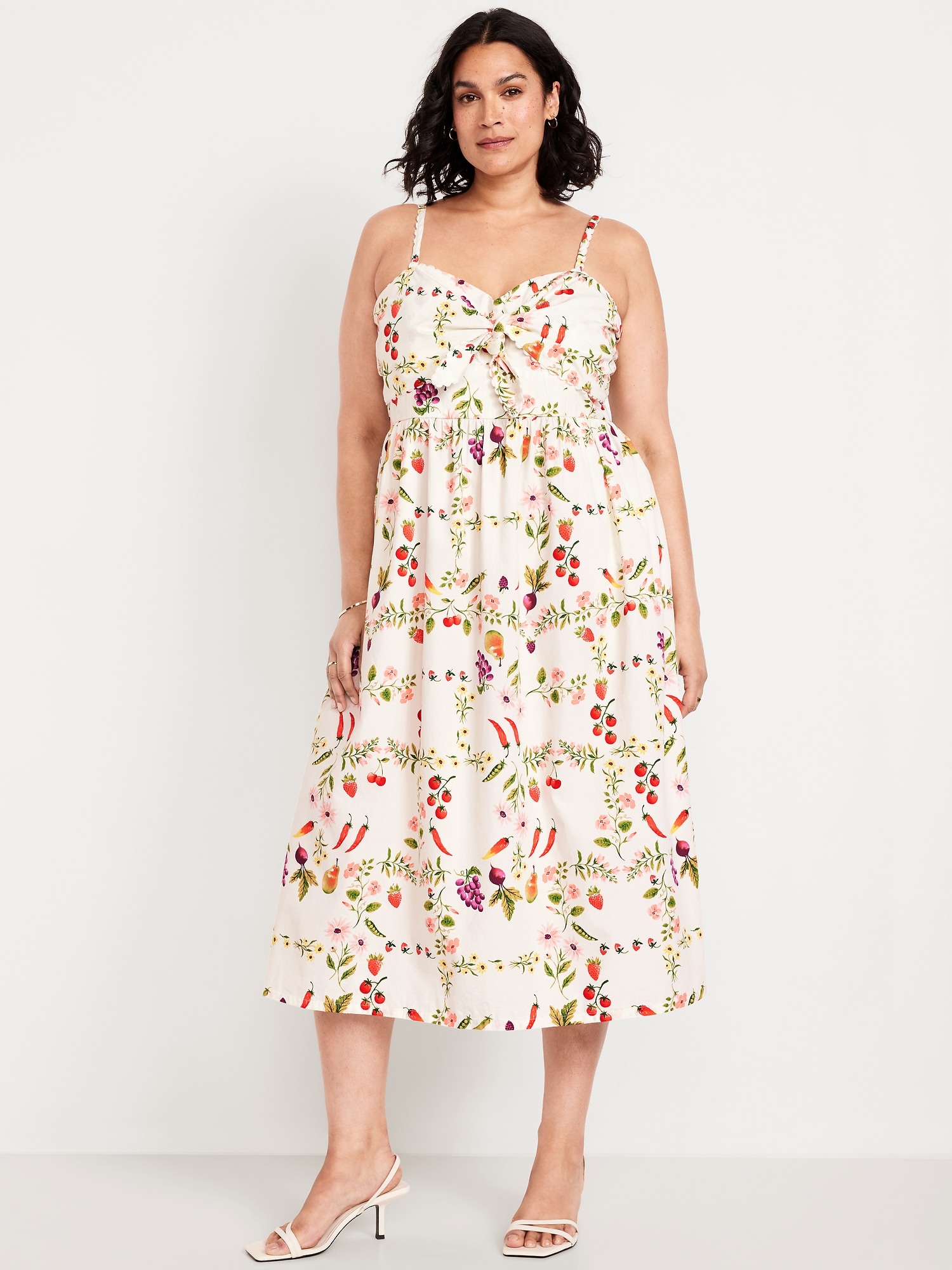How to Style Your Old Navy Dress for a Chic and Effortless Look
An Old Navy dress is more than just a piece of clothing; it’s a versatile canvas waiting for your personal touch. The perception that affordable fashion cannot be chic is a myth we are about to dismantle. The key lies not in the price tag but in the principles of styling, fit, and confidence. This guide will demonstrate how to transform your wardrobe staple into a statement of effortless elegance, proving that style is accessible to everyone. We will delve into the objective principles of color theory, silhouette, and accessorizing, supported by insights from fashion authorities, to provide a scientific yet practical approach to looking your best.
Understanding the Foundation: The Versatility of Your Old Navy Dress
The first step toward a chic look is appreciating the inherent versatility of a well-chosen Old Navy dress. The brand’s strength often lies in its focus on classic silhouettes and timeless fabrics, which serve as a perfect foundation. From a sociological perspective, fashion theorists like Georg Simmel have discussed the “trickle-down” theory, where styles originate in high fashion and are eventually adopted by mass markets. However, contemporary fashion, led by brands like Old Navy, often flips this model, creating high-quality, stylish basics that are accessible from the start. The concept of a “capsule wardrobe,” popularized by stylists like Susie Faux, champions the idea of a small collection of essential, interchangeable items. A simple jersey, shirtwaist, or A-line Old Navy dress is a quintessential capsule item. Its value is not just in its initial cost but in its cost-per-wear. By investing time in learning how to style this single piece in multiple ways, you are practicing a form of sustainable and intelligent fashion consumption. The goal is to maximize the utility of your garment, moving it seamlessly from a casual daytime outing to a more polished evening appearance. This approach aligns with the growing movement of “slow fashion,” which emphasizes quality and longevity over fast-paced trends. Your Old Navy dress is your starting point for building a sophisticated and conscious wardrobe.

Mastering Silhouette and Proportion: The Architecture of Style
Creating an effortless look is deeply rooted in the scientific principles of silhouette and proportion. It’s about understanding how the lines of your clothing interact with your body’s natural shape. The golden ratio, approximately 1.618, is a mathematical proportion found in nature and art that is often subconsciously perceived as beautiful. While we don’t need a calculator to get dressed, we can apply its principle—creating balanced, asymmetrical interest. For instance, if you have a fit-and-flare Old Navy dress (a voluminous bottom), balancing it with a more fitted top half, perhaps by adding a cropped jacket or a sleek belt at the waist, can create a harmonious silhouette. Conversely, a shift dress, which is more column-like, can be broken up with a long, layered necklace or an open cardigan to create vertical lines that elongate the frame. The renowned costume designer Edith Head, winner of eight Academy Awards, famously said, “Your dresses should be tight enough to show you’re a woman and loose enough to show you’re a lady.” This underscores the importance of fit. An Old Navy dress that skims your body without clinging too tightly often appears more expensive and chic than one that is overly tight. Always prioritize alterations; a simple nip at the waist or a hem to the correct length can transform a standard dress into a custom-fit garment. This attention to proportion is what separates a thrown-together outfit from a thoughtfully curated one.

The Psychology of Color and Pattern: Communicating Without Words
Color is one of the most powerful tools in your styling arsenal, and its effects are backed by color theory and psychology. The concept of a “color wheel,” developed by Sir Isaac Newton, is fundamental. Analogous colors (those next to each other on the wheel, like blue, blue-green, and green) create serene and comfortable designs, while complementary colors (opposites, like red and green) offer high contrast and vibrancy. When styling your dress, consider the message you want to send. A solid navy blue dress can project authority and calmness (often cited in psychological studies about color perception), making it ideal for a professional setting. By adding a bright yellow scarf or bag (a complementary accent), you inject energy and modernity. Regarding patterns, the Gestalt principles of perception explain how we naturally seek order and patterns. A simple, small-scale pattern on a dress can be easier on the eyes and more versatile than a large, bold print. As the iconic Coco Chanel advised, “Before you leave the house, look in the mirror and take one thing off.” This often applies to pattern mixing; while advanced stylists can mix patterns beautifully, for an effortless look, it’s often safer to let your Old Navy dress be the star if it has a pattern, and keep accessories solid-colored. Understanding these principles allows you to use color and pattern strategically, turning your outfit into a non-verbal communication of your confidence and taste.

Strategic Accessorizing: The Details That Define Chic
Accessories are the punctuation marks of an outfit; they complete the sentence. The mistake many make is either under-accessorizing, leaving an outfit feeling incomplete, or over-accessorizing, which creates visual noise. The Pareto principle, or the 80/20 rule, can be loosely applied here: let your dress constitute about 80% of the visual weight, and let accessories provide the impactful 20%. Footwear is a critical choice. As noted by numerous style experts on platforms like Who What Wear, the shoe can dictate the entire formality of an outfit. A classic white sneaker with a casual cotton dress creates an off-duty model vibe that is the epitome of effortlessness. Swapping it for a nude block heel instantly elevates the look for a dinner date. Jewelry follows a similar rule of intentionality. Instead of wearing a full matching set, choose one statement piece—a pair of bold hoops, a chunky necklace, or a stack of thin bracelets. This focused approach appears more modern and deliberate. The authority on simple living, Marie Kondo, promotes keeping only items that “spark joy.” Apply this to your accessories. Each piece you add to your Old Navy dress should serve a purpose and bring you confidence. A structured tote bag not only holds your essentials but also adds a line of sophistication, while a crossbody bag keeps the silhouette clean and hands-free. Remember, accessories are your tools to personalize a mass-produced item, making the look uniquely yours.

Layering for Depth and Dimension: Beyond a Single Season
Layering is the hallmark of a sophisticated dresser, transforming a simple dress into a multi-dimensional outfit suitable for any weather or occasion. This technique is not merely practical; it’s an art form that adds texture and interest. The principle at play is one of visual depth, similar to what painters use to create a sense of space on a flat canvas. Start with your base layer—your Old Navy dress. Then, consider adding layers of different lengths, textures, and weights. A denim jacket thrown over a floral sundress creates a classic, timeless American look. A fine-knit turtleneck worn underneath a sleeveless sheath dress is a trick borrowed from Parisian style, offering both warmth and a touch of intellectual chic. For cooler months, a long, tailored coat over a dress creates an powerful, streamlined silhouette. The key is to maintain a sense of proportion. Avoid bulky layers that overwhelm the dress’s shape; instead, opt for thinner, more tailored pieces that complement rather than conceal. This approach aligns with the concept of “functional fashion,” where clothing is both beautiful and practical. By mastering layering, you extend the life of your favorite dress throughout the year, ensuring that your style remains chic and effortless regardless of the temperature.
Ultimately, the journey to styling your Old Navy dress with chic effortlessness is an exercise in knowledge and intention. It’s about applying timeless principles of design—balance, color, and detail—to a accessible and versatile garment. By focusing on fit, strategically using color, choosing accessories with purpose, and mastering the art of layering, you elevate a simple dress into a powerful expression of personal style. The true elegance comes from the confidence of knowing you look put-together, not because you spent a fortune, but because you understood the rules of the game.






